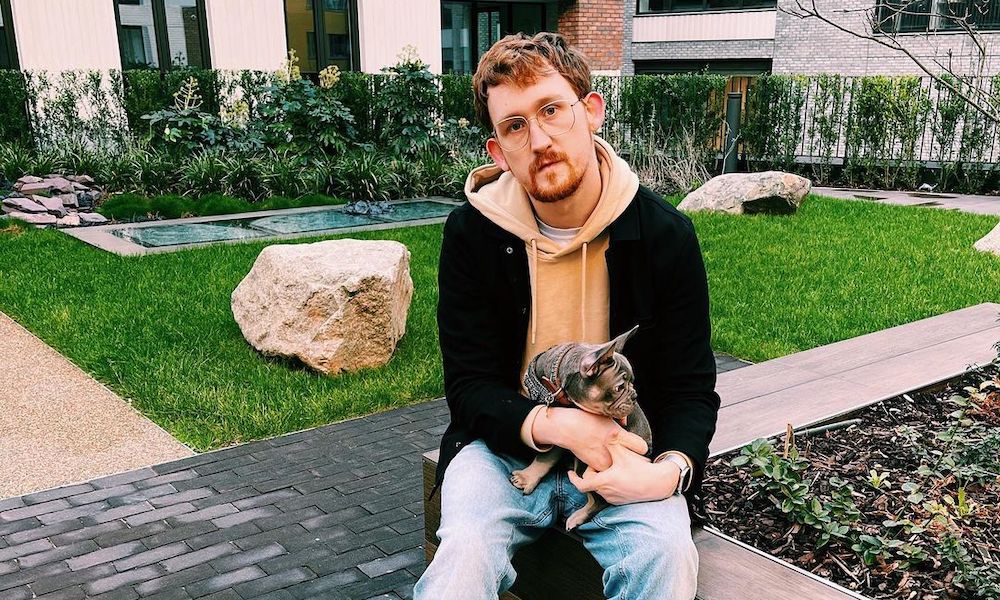Gay TikTok star Stephen Thomas Smith. (Instagram/ lifeofapalsy)
Stephen Thomas Smith, a gay TikTok star with cerebral palsy, has said people assume that he can’t be LGBT+ because he’s disabled.
In an interview with the BBC, Smith explained that when he was growing up, he was seen as “the disabled kid” and “person in the wheelchair”.
While his family wasn’t surprised when he came out as gay, he said people at school didn’t see it coming.
“I don’t think people usually think, ‘Oh this disabled person is gay or straight or they want to interact or they have desires’,” he said.
Smith said that people with disabilities are very often seen as not having any sexual or romantic needs.
He continued: “We’re portrayed to be helpless creatures who depend on people and we’re created to be animated.
“And we don’t fit into a certain gender – to be a man is to be strong, is to walk and talk in a certain way, and to be a woman is the same but as a woman.
“Because disabled people can’t abide to that etiquette of the body, we’re seen to be asexual, dependant creatures.
“We still have desires and we have our own minds. People need to stop looking at the physical and start really looking at people.”
@lifeofapalsyI’m a mess lol ##cerebralpalsy ##disability
Gay TikTok star Stephen Thomas Smith said the LGBT+ community is “ableist”.
Stephen Thomas Smith’s experiences within the queer community have made him feel like he doesn’t belong.
He said: “When I go to G-A-Y or Pride I get denied access to nightclubs because I’m ‘too drunk’ – when actually I’m sober – and I get told I’m on drugs.”
Venues that are supposed to be “safe spaces” for LGBT+ folk mostly do not include him, he said.
“That’s my community and it’s supposed to be accepting but yet I go to that ‘safe space’ and get denied access,” the gay TikTok star added.
“I’m not particularly proud to be part of that community as a disabled person.”
Queer illustrator Dandy Doodlez, who has Myalgic Encephalomyelitis (ME), previously told PinkNews that she has had a similar experience to Smith.
She said: “There’s this intersection of being queer and being disabled. And a lot of the time people can’t hold those two identities in the head, you have to do one or the other.
“Because they don’t see you as a sexual being, they then can’t make the jump to think you could be lesbian or gay or trans or could be any of these things. Personally, I find that very painful.”
